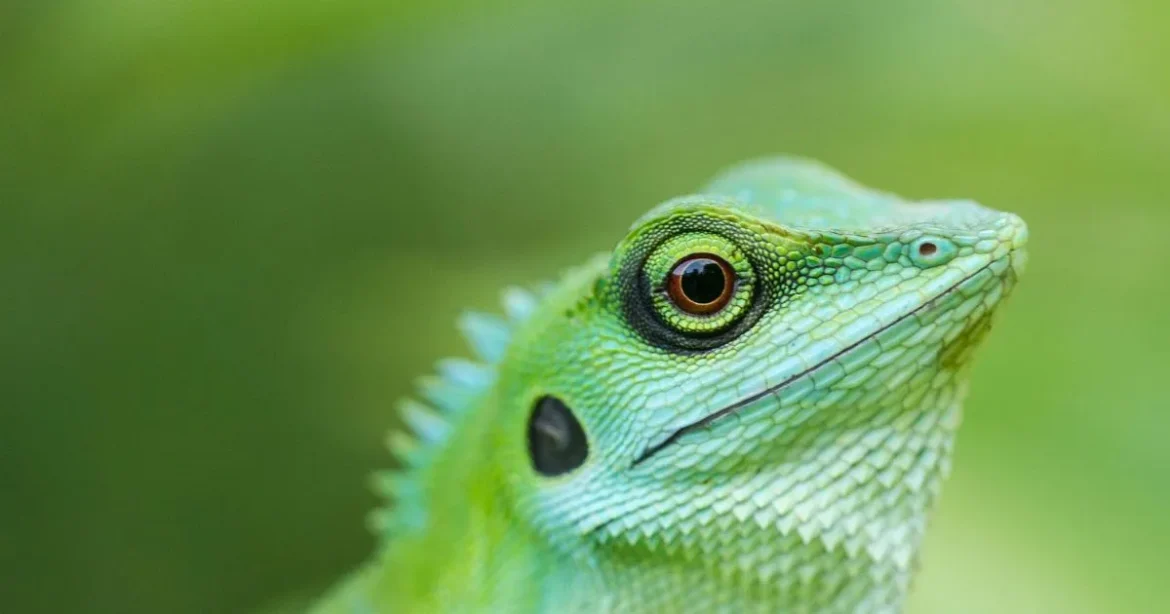You’ve probably found yourself wondering, at least once, whether turtles, frogs, and lizards are reptiles or amphibians. Maybe it was during a nature walk, at the zoo, or helping your child with their science homework. It’s easy to get confused—after all, turtles live in water, frogs hop between water and land, and lizards sunbathe on rocks like they rule the world. Understanding the differences between reptiles and amphibians not only clears up the mystery, but it also connects you to the natural world in a deeper, more meaningful way. Let’s dive into the fascinating traits of turtles, frogs, and lizards so you can easily recognize what’s what.
Turtles: What Makes Them Reptiles?
Turtles are often mistaken for amphibians because of their love for aquatic habitats. However, they check every box for being reptiles.
Why Turtles Belong to the Reptile Group
Here are the features that confirm turtles as reptiles:
- Dry, scaly skin: Unlike the moist skin of amphibians, turtles have protective scales.
- Lung breathing: Turtles breathe exclusively through lungs, never through gills or skin.
- Leathery or hard eggs: Turtles lay eggs on land, usually covered and protected, with tough outer shells.
- No metamorphosis: Turtles hatch as miniature versions of adults.
- Cold-blooded: Their body temperature is influenced by the environment.
Despite their aquatic lifestyle, the presence of these reptilian features is what truly defines turtles. You might see them swim effortlessly, but unlike frogs, they don’t absorb oxygen through their skin or undergo metamorphosis.
Frogs: True Amphibians in Every Sense
Now let’s talk about frogs—arguably the most iconic amphibians. Their life cycle, habitat, and body structure clearly separate them from reptiles.
Amphibian Traits That Frogs Exhibit
You’ll notice the following when observing frogs:
- Moist, permeable skin: Frogs rely on their skin for part of their respiration.
- Dual breathing: As tadpoles, they use gills. As adults, lungs take over, but they also breathe through their skin.
- Aquatic reproduction: Frog eggs are jelly-like and laid in water.
- Life cycle involves metamorphosis: Frogs start as tadpoles before transforming into adults.
- Cold-blooded: Like reptiles, frogs need external heat to regulate body temperature.
If you’re near a pond and hear a frog croaking, you’re witnessing an amphibian thriving in its ideal setting. Their dependence on water for breeding and the dramatic change from larva to adult make them stand out among vertebrates.
Lizards: Reptilian Cousins with Unique Behaviors
Lizards are unmistakably reptiles. From their physical structure to their lifestyle, everything about them confirms their reptilian status.
How to Tell Lizards Are Reptiles
Here’s how you know you’re looking at a reptile:
- Scaly, waterproof skin: Helps reduce water loss and protects them from predators.
- Eggs laid on land: Some species lay eggs; others give live birth, but no aquatic eggs.
- Lung-based breathing: Lizards rely solely on lungs.
- Cold-blooded and sun-loving: You’ll often find lizards basking in sunlight.
- Direct development: No larval stage—babies are miniature versions of adults.
Unlike amphibians, lizards don’t need to return to water to breed. Their skin isn’t suited for absorbing moisture, which is why they thrive in dry environments like deserts and forests.
Comparison Table: Reptiles vs Amphibians
| Feature | Turtles (Reptiles) | Frogs (Amphibians) | Lizards (Reptiles) |
|---|---|---|---|
| Skin Type | Dry, scaly | Moist, smooth | Dry, scaly |
| Breathing Method | Lungs | Gills (larvae), Lungs, Skin | Lungs |
| Reproduction | Eggs with shells | Jelly-like eggs in water | Eggs or live birth |
| Metamorphosis | None | Yes (Tadpole to Frog) | None |
| Egg-laying Location | Land | Water | Land |
| Habitat Requirements | Land and water | Water-dependent | Mostly land |
Shared Traits and Confusing Features
It’s understandable if you’ve mixed up amphibians and reptiles. Here are a few overlapping or confusing traits:
- Cold-bloodedness: All three animals are ectothermic.
- Habitats: Both turtles and frogs live in or near water.
- Egg-laying: All lay eggs, but the texture and environment differ.
The Evolutionary Angle: Where Did They Come From?
Understanding the ancestry of these animals gives more context:
- Turtles: Evolved from ancient reptiles around 220 million years ago.
- Frogs: Amphibians have a longer evolutionary lineage dating back over 300 million years.
- Lizards: Part of the Squamata order, lizards evolved around the same time as turtles.
Knowing their evolutionary backgrounds might give you a clearer picture of why they are classified the way they are.
Common Myths Busted
You’ve probably heard some of these:
- “Turtles are amphibians because they live in water.” False—plenty of reptiles live in water.
- “Frogs are reptiles because they jump and look lizard-like.” Nope—amphibians all the way.
- “Lizards can breathe through their skin.” Not true—only amphibians like frogs have that ability.
Let go of these misconceptions and focus on the defining traits instead.
Why Knowing the Difference Matters to You
Whether you’re a parent, teacher, nature lover, or just curious, knowing these differences helps you:
- Make informed observations in nature.
- Teach kids accurate biological facts.
- Protect local wildlife by understanding their habitats.
- Develop a deeper appreciation for biodiversity.
Final Thoughts: Reptile or Amphibian—Now You Know
So, are turtles amphibians or reptiles? You now know the answer: turtles and lizards are reptiles; frogs are amphibians. By paying attention to traits like skin type, breathing method, and reproduction style, you’ll never mix them up again.
Next time you spot one of these animals in the wild—or even just in a picture—you’ll understand their story a bit better. You’ll see how evolution, biology, and environment shape what they are and where they belong.
Call to Action
If you found this article helpful, share it with your friends or family. Keep exploring the world of wildlife, and maybe even take a moment to observe a pond, a forest trail, or a sunny rock—you never know what reptile or amphibian might be waiting for your attention.
Conclusion: Understanding Nature’s Classification
Now that you’ve explored the fascinating world of turtles, frogs, and lizards, it’s clear that understanding whether they’re reptiles or amphibians isn’t just a matter of labels — it’s a journey into evolution, biology, and how life adapts.
Turtles and lizards fall under the reptile category due to their scaly skin and egg-laying nature, while frogs proudly belong to the amphibians, thriving both in water and on land during different life stages.
Knowing these differences helps you appreciate the unique traits of each species — whether you’re a curious learner, a pet enthusiast, or just someone who loves wildlife.
Ready to dive deeper into the animal kingdom?
Explore more guides and fun facts right here on PetsLoveAll, and don’t forget to share your thoughts or questions in the comments below. Let’s keep learning together!
FAQ
Are turtles amphibians or reptiles?
Turtles are reptiles. They breathe with lungs, have dry scaly skin, and lay eggs with shells on land.
Why do people confuse turtles with amphibians?
Because they live in water, many assume they’re amphibians. However, their biology tells a different story.
Are frogs considered reptiles?
No. Frogs are amphibians due to their life cycle, moist skin, and dependence on water for reproduction.
Can lizards live in water?
Some lizards can swim, but they are not water-dependent like amphibians and do not lay aquatic eggs.
How do I teach kids the difference between amphibians and reptiles?
Use traits like skin type, egg location, and breathing method. Visuals and real-life examples help make it memorable.




